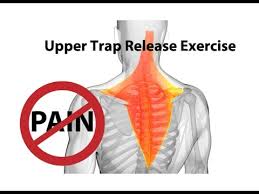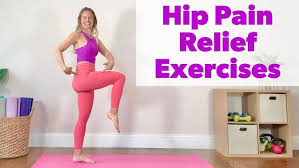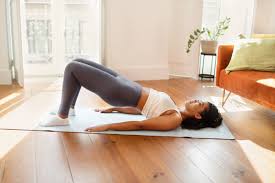13 Best Exercises For Knee Effusion
Introduction: Knee effusion, or “water on the knee,” often causes swelling, stiffness, and discomfort. Targeted exercises can help reduce fluid buildup, improve joint mobility, and strengthen the surrounding muscles to support faster recovery and long-term knee health. The knee is a complex joint that allows humans to move in a variety of ways through the…










